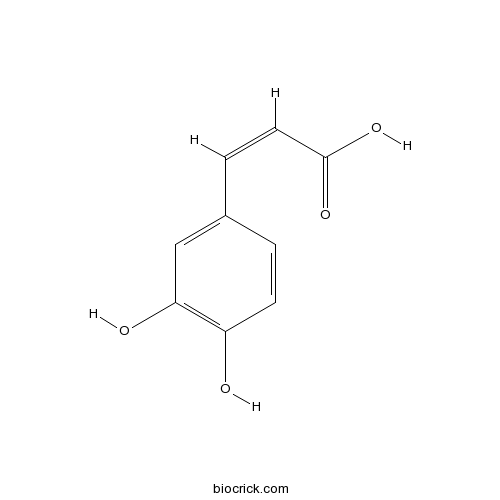Hyssopus cuspidatus
Hyssopus cuspidatus
1. The products in our compound library are selected from thousands of unique natural products; 2. It has the characteristics of diverse structure, diverse sources and wide coverage of activities; 3. Provide information on the activity of products from major journals, patents and research reports around the world, providing theoretical direction and research basis for further research and screening; 4. Free combination according to the type, source, target and disease of natural product; 5. The compound powder is placed in a covered tube and then discharged into a 10 x 10 cryostat; 6. Transport in ice pack or dry ice pack. Please store it at -20 °C as soon as possible after receiving the product, and use it as soon as possible after opening.
Natural products/compounds from Hyssopus cuspidatus
- Cat.No. Product Name CAS Number COA
-
BCN5893
Rosmarinic acid20283-92-5
Instructions

-
BCN5979
Caffeic acid331-39-5
Instructions

-
BCN5557
Chrysin480-40-0
Instructions

[Study on chemical constituents of Hyssopus cuspidatus].[Pubmed: 23750409]
To study the chemical constituents of Hyssopus cuspidatus.
Terpenoids and phenethyl glucosides from Hyssopus cuspidatus (Labiatae).[Pubmed: 21893325]
Monoterpenoids (3 and 4), sesquiterpenoid (2), diterpenoid (1) and four phenethyl glucosides (5-8), together with fourteen known compounds, were isolated from the whole herb of Hyssopus cuspidatus. Their structures were determined by spectroscopic means. The abietane-type diterpenoids (1, 9, 10), rosmarinic acid (15) and salvigenin (17) inhibited leukotriene (LT) C(4) secretion from primary alveolar cells of Wistar rats.
Physicochemical evaluation and essential oil composition analysis of Hyssopus cuspidatus Boriss from Xinjiang, China.[Pubmed: 21120028]
It is reported that the plant Hyssopus cuspidatus Boriss from Xinjiang has great value. This article deals with the detailed pharmacognostic evaluation of the crude drug H. cuspidatus Boriss.


